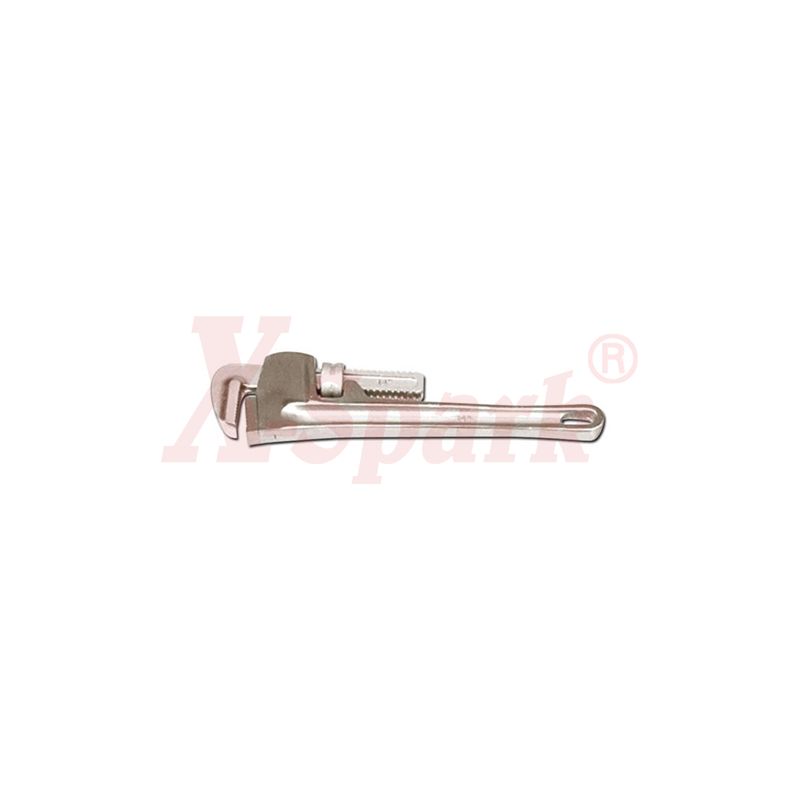
■ Titanium material
■ Lightweight, Non-magnetic,Strong and Durable
■ Die forged
■ Used in aerospace, Aviation, Military, Hospitals, etc.
| Number | L mm | Kmax mm | Weight g | |
| 5102-1002 | 200 | 25 | 310 | |
| 5102-1004 | 250 | 30 | 520 | |
| 5102-1006 | 300 | 40 | 790 | |
| 5102-1008 | 350 | 50 | 950 | |
Best Stainless Steel Hand Tools for Professional and Industrial Use
Professional-Grade Insulated Hand Tools for Safer Electrical Work